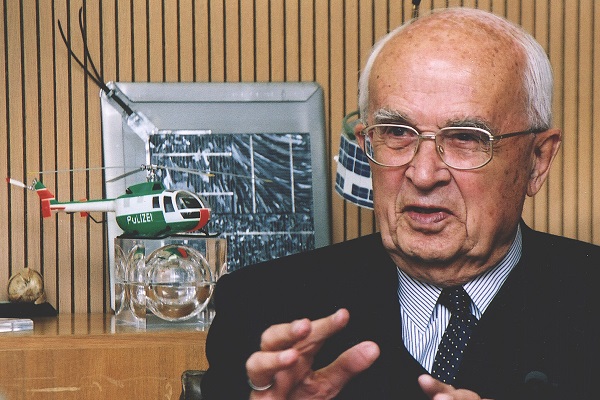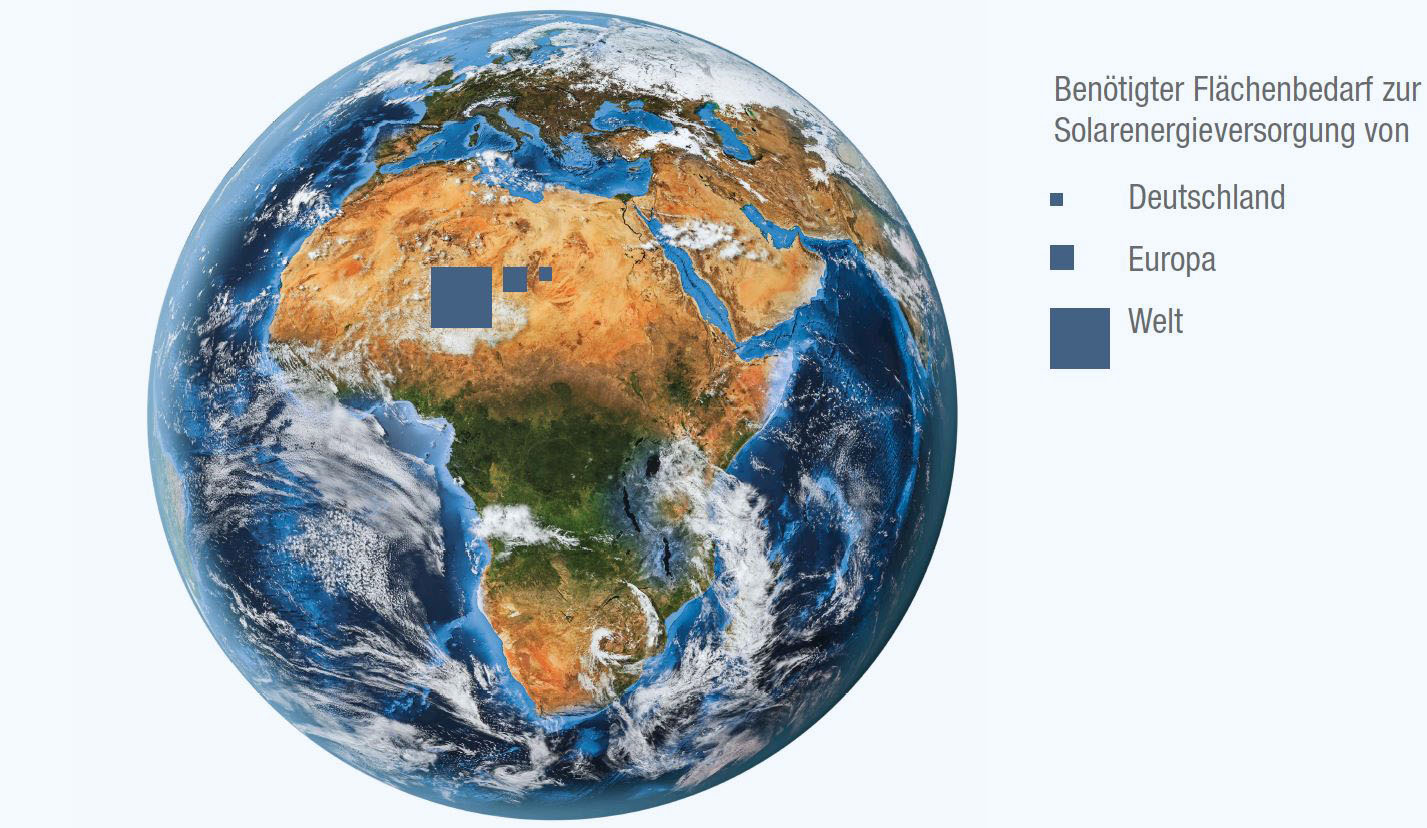After leaving Messerschmidt-Bölkow-Blohm in 1977, Ludwig Bölkow gradually turned to questions that had increasingly concerned him in the last years in his management role at MBB and on his many global trips: energy, agriculture and transport. In 1982 he founded EAT-Systemtechnik, today’s Ludwig-Bölkow-Systemtechnik GmbH (LBST).
Ludwig Bölkow was mainly concerned with environmental problems, some of which can be traced back to technical systems as well as to the long periods of time required for the reconstruction of infrastructures. He was deeply convinced that problems that were caused by engineers can only be solved by engineers. Furthermore, after careful deliberation, he was certain that the replacement of the fossil-fuel-based energy and transport system would only be possible in the long term by means of renewable energies, especially solar energy, due to foreseeable resource scarcity and climate problems. Since solar energy mainly provides intermittent electricity, it quickly became clear to him that a clean storage medium would be needed for large amounts of electricity. Only hydrogen seemed to provide this universal property.
This knowledge, which mainly became clear at the beginning of the 1980s, formed the basis for the strategic and technical orientation of LBST in its search for sustainable development of today’s and future energy, transport and economic systems.




